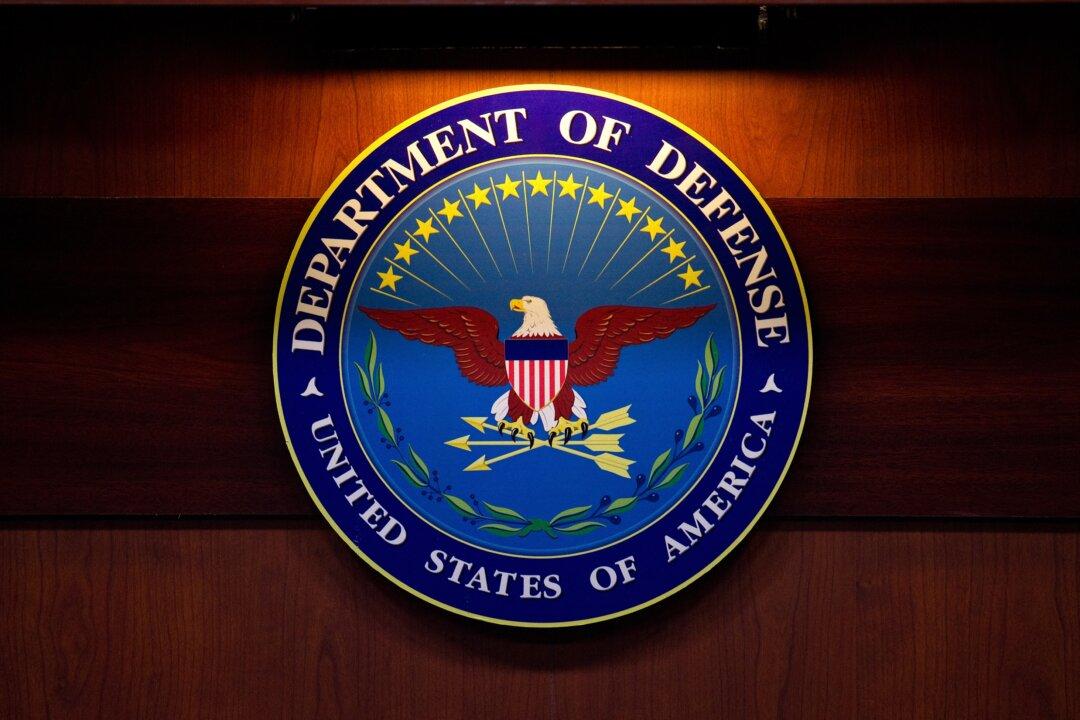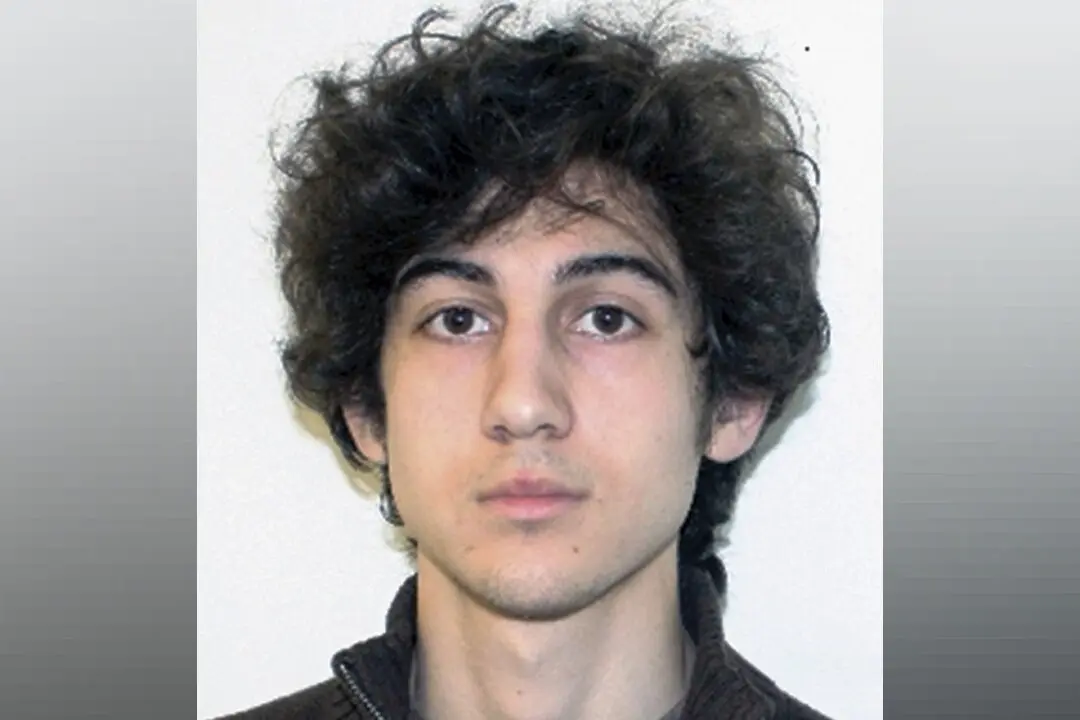U.S. forces in Iraq carried out an airstrike south of Baghdad on July 30 in response to an alleged attempted attack involving an unmanned drone, a U.S. Central Command (CENTCOM) spokesperson has confirmed.
“Tonight, U.S. forces in Iraq conducted a defensive airstrike in the Musayib in Babil Province, targeting combatants attempting to launch one-way attack uncrewed aerial systems,” a spokesperson for CENTCOM—which oversees operations in the region—said in an emailed statement to The Epoch Times.





